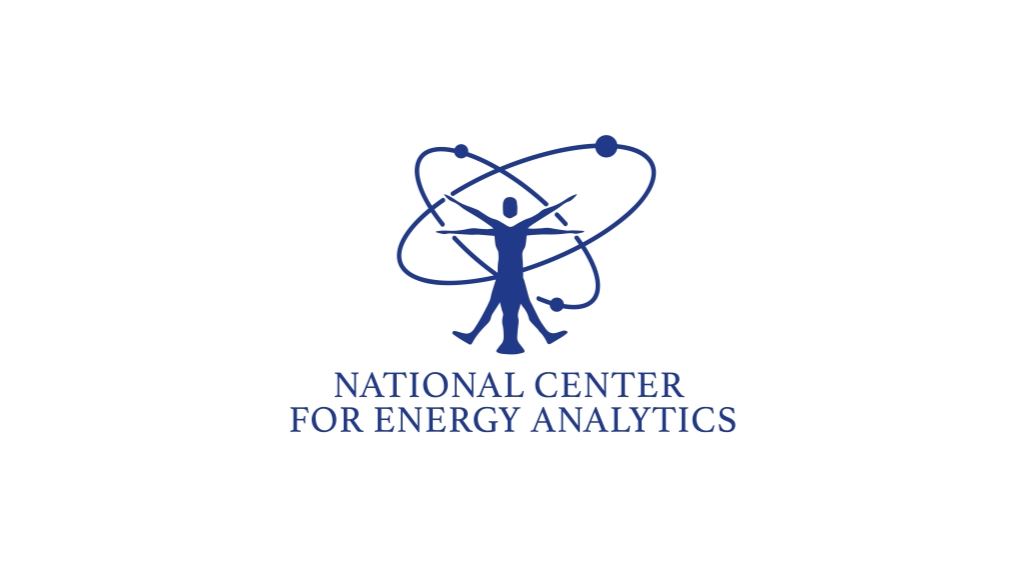
As wind turbines and solar panels reach the end of their operational life spans, the United States is facing a massive and largely unacknowledged financial risk: billions of dollars in unfunded liabilities tied to the eventual dismantling, transporting, and disposing of wind and solar infrastructure.
The results from the National Center for Energy Analytics show that, in most states, the owners of renewable projects are not required to set aside adequate funds to retire facilities safely, leaving taxpayers exposed to what could become a $50 billion or more cleanup bill.
The issue brief and the detailed analysis offer the first comprehensive, state-by-state review of financial assurance rules governing renewable energy decommissioning. The research is authored by Curtis Schube, executive director of the Council to Modernize Governance and visiting fellow at the NCEA.
"This issue is both financial and environmental," said Schube. "If companies go bankrupt abandon their projects, the responsibility for cleanup ultimately shifts to taxpayers. That risk grows with every new wind turbine or solar panel built without adequate decommissioning safeguards."
States Facing the Highest Cleanup Exposure
According to the analysis, states with the largest renewable energy buildouts face the steepest potential liabilities. Texas, home to more than 15,000 wind turbines and one of the fastest-growing solar markets, faces the highest decommissioning liabilities in the nation at just under $9 billion.
California may incur more than $2.7 billion in end-of-life liabilities, while Illinois has the third highest estimated liability of $1.266 billion. Iowa, Kansas, and Oklahoma - all wind-heavy states - together face nearly $3 billion in removal and restoration liabilities. These figures will continue to grow, demonstrating the need to sufficiently regulate the wind and solar industries to assure decommissioning funding is in place.
The report also compares wind and solar decommissioning standards to those governing other energy sectors such as oil, gas, and nuclear. The contrast is striking: of the 40 states with oil and gas drilling, three-fourths earned an A or B grade for their decommissioning requirements, with two-thirds receiving an A. By contrast, among the 49 states with wind and solar installations, only one state (Virginia) received an A, while nearly two-thirds received a failing grade.
If those grades were translated into a grade-point average, renewable energy regulations would score a 1.18 GPA, compared to 3.40 for oil and gas. The federal government, which oversees offshore energy projects, also fares poorly: offshore wind decommissioning earned a D, while offshore oil and gas earned an A.
Lessons from Oil and Gas
Decommissioning obligations are not new in the energy industry. For decades, oil, gas, coal, and nuclear facilities have been subject to strict end-of-life rules requiring up-front bonding or escrow funding to ensure safe closure and land restoration. Those precedents were established to prevent the problem of "orphaned" wells and derelict industrial sites - costly legacies that often fall to public agencies to remediate.
By contrast, most renewable energy projects are governed by voluntary or weakly enforced rules. Many states use discretionary terms such as "may" rather than "shall," allowing regulators to waive requirements or accept insufficient assurances. Others fail to fix the amount of financial coverage, leaving the size of bonds open to negotiation and, in many cases, far below realistic decommissioning costs.
According to the report, a well-structured system should require five key safeguards: mandatory language, fixed and sufficient assurance amounts, guaranteed instruments such as irrevocable bonds, and pre-construction funding. The majority of states fall short on three or more of these measures.
Federal Oversight and Offshore Risks
The findings extend beyond state-level regulations for land-based renewables. The study also grades federal decommissioning requirements, giving offshore wind a D under current Bureau of Ocean Energy Management rules; a sharp contrast to offshore oil and gas, which earned an A.
The contrast between the two energy assets is particularly important given the surge in planned offshore wind projects along the Atlantic seaboard, where several multibillion-dollar developments are already under review or construction. The lack of clarity around end-of-life responsibilities could leave both coastal communities and federal taxpayers vulnerable to future costs.
A Policy Gap Demanding Attention
Schube urges policymakers, regulators, and investors to recognize that decommissioning obligations are not peripheral but central to the integrity and sustainability of the energy transition. The renewable energy boom could saddle future generations with massive cleanup liabilities without stronger financial assurance mechanisms, repeating the same mistakes policymakers once sought to correct in fossil fuel industries.
As the report concludes, the issue is not about favoring one energy source over another, but ensuring consistent and fair rules across all sectors.
"End-of-life accountability should apply equally to all energy industries. Anything less transfers private risk to the public," said Schube.
To read the issue brief ("Who Pays When Wind Turbines and Solar Panels Wear Out? A Hidden Energy Liability") and the analysis ("A State-by-State Assessment of Financial Assurances Required for Decommissioning Wind and Solar Facilities"),visit https://energyanalytics.org/hidden-energy-liability/.

